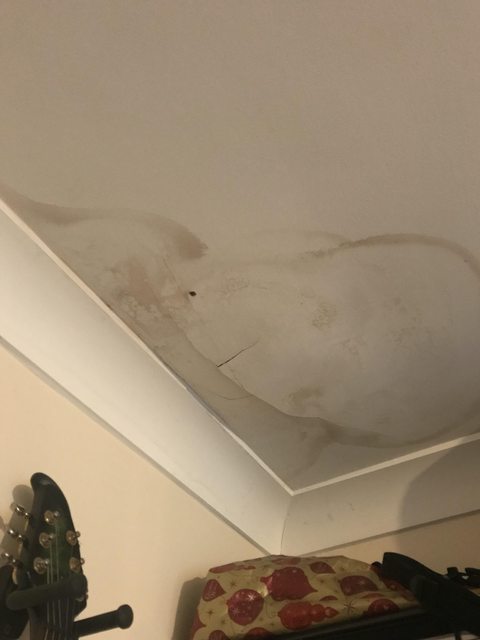-alan-
pfm Member
We have a shower in the bathroom on the first floor. The damn thing leaks onto the ceiling of the room below - but seemingly only when my daughter uses it.
I've pulled the trim boards that surround the shower tray to get a good look underneath, and removed another 6' section of wooden panelling that hides the shower and toilet waste water pipes - but can't find the leak. But still the water finds its way out somewhere, and comes through the plasterboard ceiling of the room underneath.
Funny thing is it doesn't happen when anybody else uses the shower. I thought it might be down to the fact that being a female of the long-haired persuasion, she takes much longer showers than the rest of us - so have experimented with leaving the shower running for 10-15 minutes to see if I can replicate the leak, but nada, dry as a bone.
Short of pulling off a chunk of the plasterboard off the ceiling in the room below and trying to trace the leak back, Im not really sure where to go next to fix the thing. (There's about a 1ft square section of the plasterboard that will need replaced at this stage, so that is actually an option btw)/
Anybody any ideas why the shower only leaks in particular circumstances, or how I might manage to trace the leak with more success than I've had to date ?
I've pulled the trim boards that surround the shower tray to get a good look underneath, and removed another 6' section of wooden panelling that hides the shower and toilet waste water pipes - but can't find the leak. But still the water finds its way out somewhere, and comes through the plasterboard ceiling of the room underneath.
Funny thing is it doesn't happen when anybody else uses the shower. I thought it might be down to the fact that being a female of the long-haired persuasion, she takes much longer showers than the rest of us - so have experimented with leaving the shower running for 10-15 minutes to see if I can replicate the leak, but nada, dry as a bone.
Short of pulling off a chunk of the plasterboard off the ceiling in the room below and trying to trace the leak back, Im not really sure where to go next to fix the thing. (There's about a 1ft square section of the plasterboard that will need replaced at this stage, so that is actually an option btw)/
Anybody any ideas why the shower only leaks in particular circumstances, or how I might manage to trace the leak with more success than I've had to date ?


